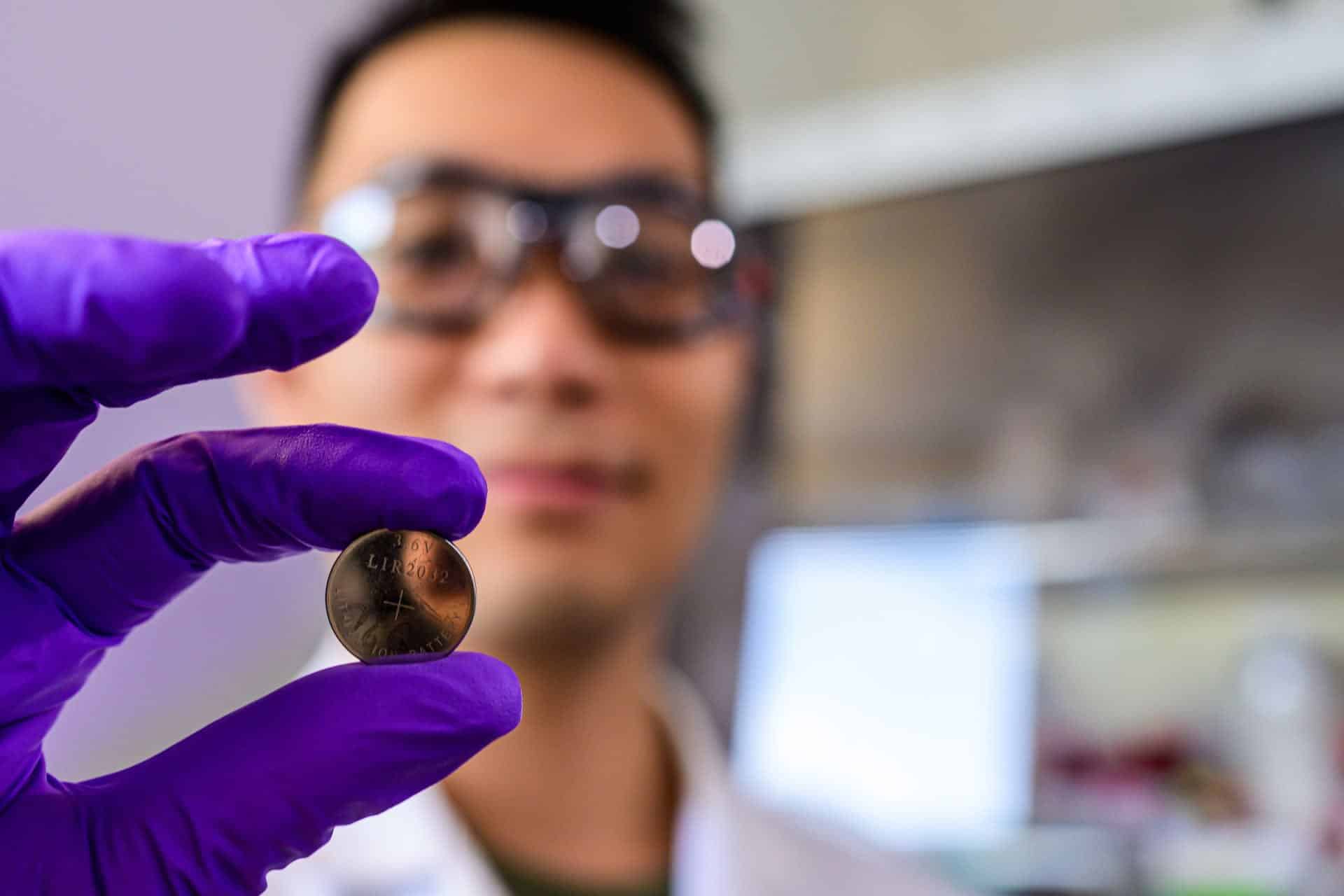
Engineers from Rice University have innovated a scalable prelithiation technique that enhances the effectiveness of lithium-ion batteries. By coating silicon anodes with stabilised lithium metal particles (SLMPs) using a surfactant, they have increased battery life by a staggering 22% to 44%. Despite the potential risk of more lithium trapping with excessive coating, leading to faster battery fading, the team found optimising the amount of SLMPs and cycling strategies can prevent this. As the spray-coating method is compatible with large-scale manufacturing, the findings offer a viable solution for future battery production.
- Prelithiation is know to be able to boost battery life.
- Engineers from Rice University have now found a scalable method to do this.
- The method is compatible with current production technology.
Revolutionising Lithium-Ion Batteries
Scientists at Rice University have made significant strides in the development of lithium-ion batteries by enhancing the efficiency of prelithiation techniques. Prelithiation is a process that compensates for lithium loss in silicon anodes, resulting in a more stable and longer cycle life. Silicon anodes, in comparison to traditional graphite ones, can bond with more lithium ions, thus offering higher energy storage capabilities. However, silicon anodes form a solid-electrolyte interphase (SEI) layer which consumes lithium and depletes the battery’s reserve. This research has, therefore, focused on improving the stability of the SEI layer, reducing lithium ion depletion during its formation.

The team at Rice University used a surfactant to disperse the SLMPs evenly during the spray-coating process. This improved the coating’s distribution within the battery, preventing clumping and ensuring uniformity. The importance of an even coating is twofold. Firstly, it prevents lithium trapping, which can cause the battery to fade more rapidly in subsequent cycles. Secondly, it allows the silicon anodes to fully exploit their higher energy density.
Implications and challenges
While the results of this research are promising, there are challenges that need to be overcome. For instance, excessive use of the coating can lead to more lithium trapping, causing the battery to fade more rapidly in subsequent cycles. This suggests that there is a delicate balance to be struck between maximising battery life and avoiding lithium trapping. However, the researchers observed that by controlling the cycling capacity of the cell and optimising the amount of SLMPs, lithium trapping can be avoided.
Another challenge is the continuous formation of the SEI layer in silicon anodes, which consumes lithium and depletes the battery’s reserve. The prelithiation technique developed by the researchers shows promise in addressing this issue by improving the stability of the SEI layer, resulting in fewer lithium ions being depleted during its formation.
Future prospects
This breakthrough in lithium-ion battery technology could have far-reaching implications. As the demand for energy storage solutions and electric vehicles continues to grow, the need for efficient and long-lasting batteries has never been more critical. The potential of silicon anode batteries to transform energy storage solutions is pivotal in addressing climate objectives and fully realising the capabilities of electric vehicles.

Furthermore, the spray-coating method devised by the Rice University team is compatible with large-scale manufacturing, making it suitable for implementation in existing battery production processes. This is a crucial factor in ensuring that the benefits of this research can be realised on a wide scale, contributing to the wider adoption of electric vehicles and a more sustainable energy future.
The research was funded by Ford Motor Co.’s University Research Program, the National Science Foundation, and the Shared Equipment Authority at Rice University.

